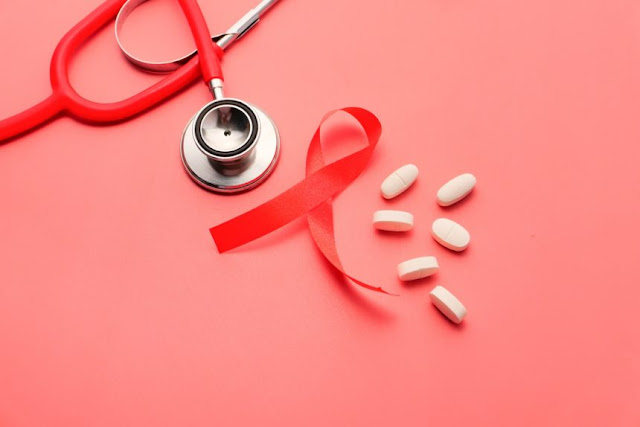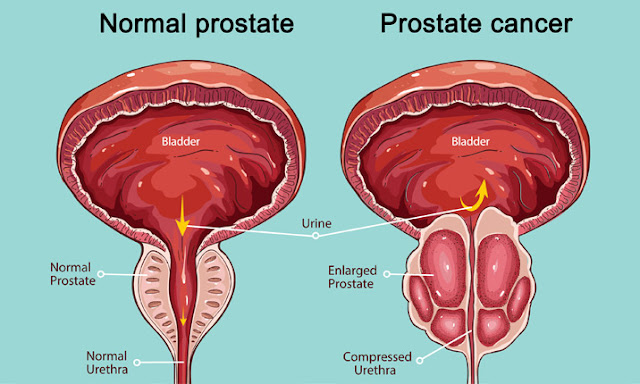What are the four stages of HIV?
Human Immunodeficiency Virus (HIV) renders the immune system weak and causes AIDS. HIV progresses through four stages, but the pace at which it progresses varies according to factors like the patient's general health, lifestyle, and diet. Though it is said that HIV targets the immune system, it is the CD4 cells that are the primary targets of HIV. A healthy body will have CD4 levels between 500 and 1600 cells for every microliter of blood. Patients with HIV see a drop in the levels of CD4 in their blood.
In this stage, the replication of the virus takes place at a fast pace. Patients may exhibit flu-like symptoms like headache, fever, sore throat, rash skin, among others, within weeks, if not days. The immune system develops antibodies for the flu during this period, which is also known as 'sero-conversion.'
People who suspect they have HIV should get themselves immediately tested. This is because high HIV and body fluid levels in this stage would make an infected person an HIV spreader. Also, early diagnosis means early treatment to boost the immune system, thereby easing the symptoms. Antibody or antigen tests and nucleic acid tests are commonly used to detect HIV in the blood.
Medications like
HIV drugs and Antiretroviral Therapy or ART can keep the immune system healthy
and prevent the virus from spreading to others. Proper and regular medication
decreases the chances of spreading the virus to a non-HIV partner through sex.
The CD4 levels in this stage will be around the 'healthy' range of 500 cells
per microliter.
This stage is also called clinical latency. In this stage, the patient may not display any symptoms of HIV or even know that they have HIV. The patient may appear healthy, but his or her immune system is getting weakened by HIV. This is because untreated HIV attacks the CD4 cells in the body, which are responsible for coordinating the immune system's response. This stage lasts over a long period, possibly about 8 to 10 years. Patients who follow regular dosages of HIV are less likely to contract AIDS.
However, patients with HIV in this stage are still likely to transmit the virus to others. However, regular dosages of HIV drugs will reduce the viral load or HIV in the blood to undetectable levels. In this stage, a patient's CD4 levels will be between 350 to 499 cells per microliter.
Stage 3: Symptomatic
Gradually,
the immune system becomes weakened, and symptoms like fatigue, weight loss,
severe diarrhea, among others, start to emerge. Moreover, the infected person
is vulnerable to opportunistic infections like tuberculosis, Kaposi's sarcoma,
and pneumocystis pneumonia, which affect patients with HIV as they now have a
weakened immune system. A patient will have around 200 to 349 CD4 cells per
microliter of blood in this stage.
Doctors confirm AIDS through multiple tests to determine CD4 count, opportunistic infections, and viral load. Common symptoms seen in patients include prolonged fever and fatigue, night sweats, breathlessness, neurological symptoms, yeast infections, unexplained bruises, and bleeding.
Patients with
HIV are confirmed to have AIDS if they develop opportunistic diseases or when
their CD4 counts fall below 200 cells/mm3 of blood. High viral load can be
found in patients with AIDS. People with AIDS who do not take any medication
have three years at best to live. This could be shortened depending on the
severity of the infection and other diseases the patient is suffering from.


Nice...very useful
ReplyDelete